Sino-India pact leaves a strong message to Western hegemony
- Update Time : Wednesday, October 23, 2024
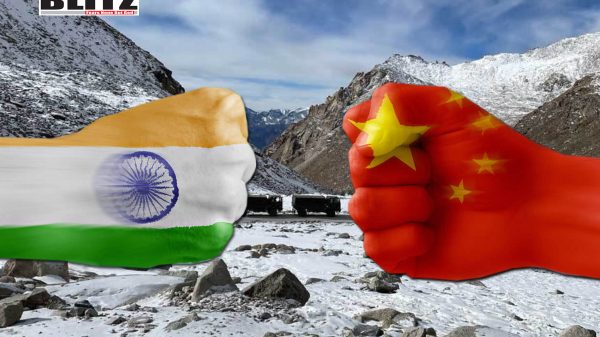
Nations in the Global South have started realizing, unity within nations is essential to counter Western conspiracy and hegemony. The recent military disengagement agreement between China and India is a significant milestone in the complex geopolitical landscape of South Asia. This diplomatic breakthrough is not only a vital step toward reducing tensions between two nuclear-armed neighbors, but also a signal of a broader message to the West regarding the shifting dynamics of global power. As both Indian Prime Minister Narendra Modi and Chinese President Xi Jinping met in Russia for the BRICS summit, this pact symbolizes more than just the resolution of a border dispute—it reflects the strategic intent of two rising powers to redefine their roles on the global stage, particularly in defiance of Western dominance.
The Sino-India border dispute dates back to the 1962 war, during which China and India clashed over the demarcation of their border in the Himalayas. The Line of Actual Control (LAC), a de facto boundary, remains largely undefined and has been a source of friction between the two nations for decades. The 2020 clash in the Ladakh region was the most violent in over 40 years, resulting in the deaths of 20 Indian soldiers and four Chinese soldiers. This conflict reignited long-standing tensions and led to a series of military standoffs, forcing both countries to reassess their strategies in dealing with each other along the border.
The agreement announced recently by India’s Foreign Minister Subrahmanyam Jaishankar signifies a return to the status quo ante, a situation similar to that before the 2020 skirmishes. This deal follows months of diplomatic and military negotiations aimed at restoring peace and reducing the presence of troops along the contentious border.
India and China have both recognized the need to stabilize their bilateral relationship, particularly as their leaders prepare to engage in multilateral forums like BRICS. By reaching an agreement on military disengagement, both nations have demonstrated a willingness to prioritize diplomatic solutions over military confrontations. The deal reportedly involves restoring the patrolling rights that existed before 2020 and creating buffer zones to prevent future clashes.
While the full details of the agreement have yet to be made public, the move is seen as a positive development in the strained relationship between the two countries. Chinese Foreign Ministry spokesperson Lin Jian confirmed that China “positively evaluates” the agreement, and Indian officials have expressed optimism that the disengagement will allow for a more stable and manageable border situation. Jaishankar described the process as “patient and persevering diplomacy,” highlighting the importance of strategic dialogue in resolving contentious issues.
The timing of this agreement is crucial. Both Modi and Xi arrived in Russia for the BRICS summit—a gathering of major developing economies including Brazil, Russia, India, China, and South Africa. This platform offers an opportunity for these nations to collectively challenge the Western-centric global order, and the Sino-India agreement could potentially shift the focus of the summit toward fostering closer cooperation between these two Asian giants.
By resolving their border issues—at least temporarily—China and India send a strong message to the West, particularly the United States and its allies. The pact underscores the capacity of non-Western powers to manage their disputes independently, without reliance on Western mediation. In doing so, it serves as a direct challenge to Western hegemony in global politics, where powers like the U.S. and Europe have traditionally dominated the narrative on conflict resolution and international diplomacy.
The Western response to the Sino-India agreement has been relatively muted, with many analysts waiting for more details on the deal. However, the mere fact that two rising powers with significant global influence have managed to de-escalate a potentially volatile situation on their own terms is a notable shift. It reflects a growing trend in global politics where non-Western actors seek to chart their own paths, independent of traditional Western influence.
The Sino-India agreement also has profound implications for the broader Indo-Pacific region. As both China and India are major players in the region, their relationship can significantly impact the strategic calculations of other nations, including Japan, Australia, and Southeast Asian countries. The reduction of military tensions between China and India can lead to a more stable Indo-Pacific, though it remains to be seen how long this stability will last.
For China, the deal offers an opportunity to focus on other strategic priorities, such as its relationship with the United States and its efforts to expand its influence in Asia through initiatives like the Belt and Road. By reducing tensions with India, Beijing can divert attention and resources away from its southwestern border and focus on its growing rivalry with the US and its allies in the Indo-Pacific.
For India, the agreement is a chance to stabilize its northern border while continuing to pursue its broader strategic goals. New Delhi has been strengthening its relationships with other major powers, including the US, Japan, and Australia, through initiatives like the Quadrilateral Security Dialogue (Quad). The Sino-India pact allows India to reduce the immediate threat posed by China and maintain its focus on its partnerships with other Indo-Pacific powers.
The broader message of the Sino-India pact is clear: the world is moving toward a multipolar order, where the dominance of Western powers is increasingly being challenged by the rise of nations like China and India. This agreement exemplifies the ability of non-Western nations to resolve their conflicts without Western interference, a trend that could reshape the global political landscape in the years to come.
As China and India work toward normalizing their relationship, the West will need to adapt to a new reality where emerging powers have a greater say in shaping global norms and institutions. The Sino-India pact is a reminder that Western hegemony is no longer uncontested, and that the balance of power is shifting toward a more multipolar world order.
In conclusion, the recent Sino-India agreement is a significant development in the evolving geopolitical landscape. It not only reduces the immediate tensions between the two Asian giants but also sends a strong message to the West about the changing dynamics of global power. As China and India continue to assert their independence in international affairs, the world may witness a gradual erosion of Western dominance and the rise of a more balanced, multipolar world.


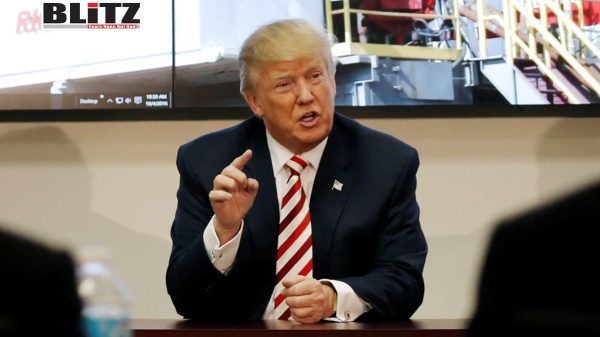
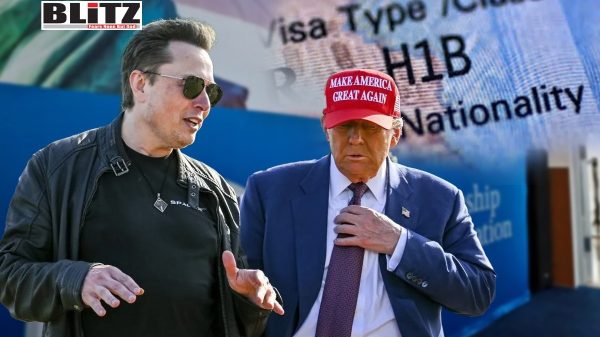
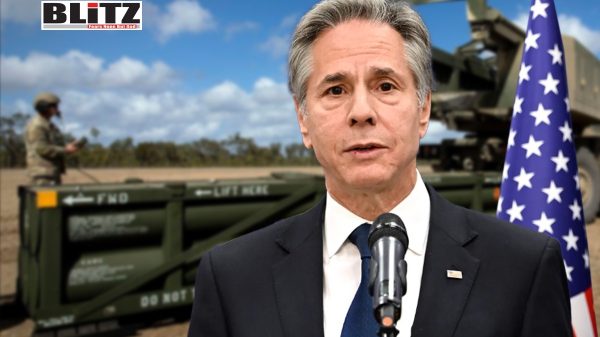




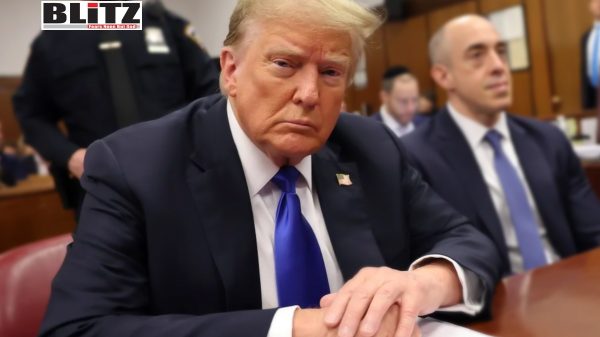





Leave a Reply